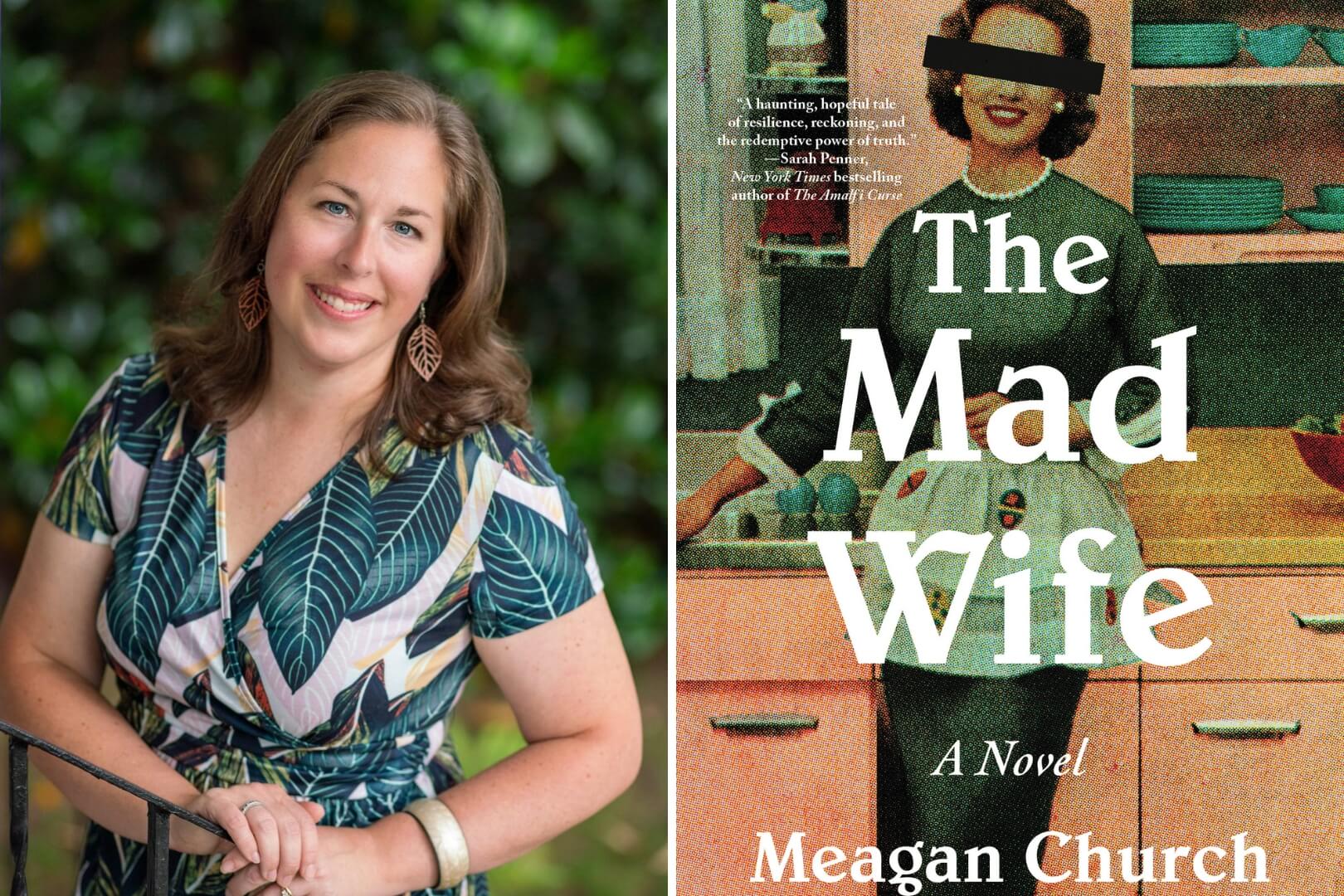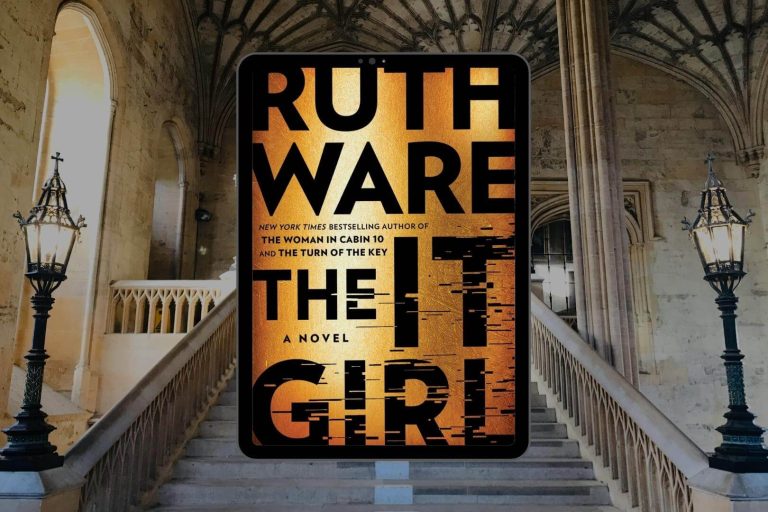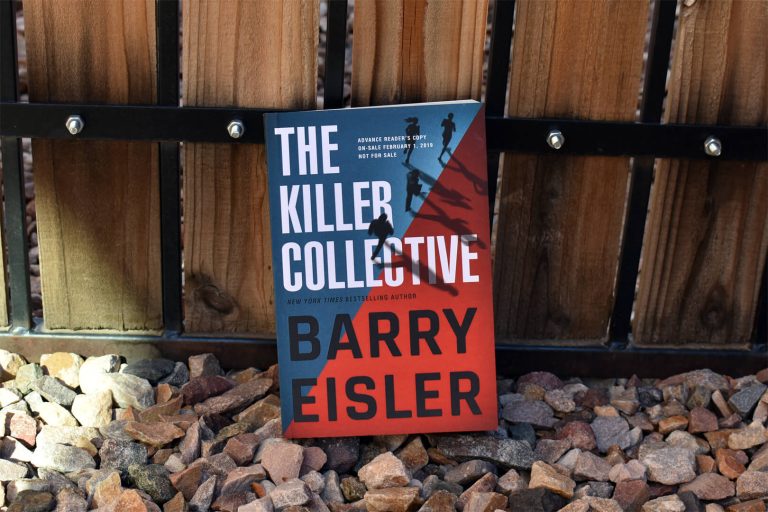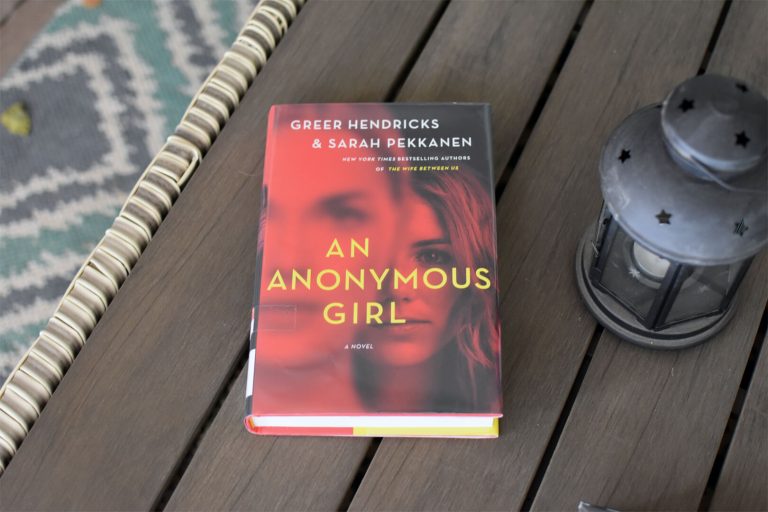Meagan Church is the author of the instant New York Times and USA Today bestselling novel The Mad Wife, as well as The Girls We Sent Away and The Last Carolina Girl.
Her emotionally charged, empathy-driven fiction explores women’s inner lives and the silencing of their stories.
She is an adjunct faculty member in Drexel University’s MFA program and lives in the Charlotte area with her family. For more information, visit MeaganChurch.com or find her on Instagram @mchurchwriter.
A look at The Mad Wife:
Lulu Mayfield has spent the last five years molding herself into the perfect 1950s housewife. Despite the tragic memories that haunt her and the weight of exhausting expectations, she keeps her husband happy, her household running, and her gelatin salads the talk of the neighborhood. But after she gives birth to her second child, Lulu’s carefully crafted life begins to unravel.
When a new neighbor, Bitsy, moves in, Lulu suspects that something darker lurks behind the woman’s constant smile. As her fixation on Bitsy deepens, Lulu is drawn into a web of unsettling truths that threaten to expose the cracks in her own life. The more she uncovers about Bitsy, the more she questions everything she thought she knew—and soon, others begin questioning her sanity. But is Lulu truly losing her mind? Or is she on the verge of discovering a reality too terrifying to accept?
Let’s get to know Meagan as she discusses the inspiration behind The Mad Wife, setting the story in 1950s suburbia, making the bestsellers’ lists, and more!
What are some of your favorite books?
I like to answer this question in two parts: past and present. My all-time favorite read is Crossing to Safety by Wallace Stegner. It’s a quiet, contemplative story of friendship over the decades, and it’s a comfort read I return to every few years.
Lately, I’ve been drawn to stories with a touch of wonder or animal symbolism. Recent favorites include The Road to Tender Hearts by Annie Hartnett, Shark Heart by Emily Habeck, and Remarkably Bright Creatures by Shelby Van Pelt. I just realized all three feature animals, which probably says something about what I’m drawn to on a deeper level: stories that explore our shared humanity through connection, empathy, and unexpected companionship.
When did you know you wanted to become an author?
Apparently, I knew at a very early age. I didn’t remember how young I was until I was graduating from high school. My second-grade teacher had set aside a packet of worksheets to return to her students at graduation. Inside was a survey about our future dreams, and mine said, “I want to be a writer.”
Of course, between second grade and graduation, I explored a lot of other options, including doctor, hairstylist, Peace Corps volunteer, and, as a child of the ’80s and ’90s who wanted to “save the dolphins,” marine biologist. But by the time I reached graduation, I’d found my way back to that original answer. Writing has always been the through line.
What inspired you to write The Mad Wife?
Honestly, the idea began with failure. Or at least, rejection. I had pitched two other concepts to my editor, and she kindly passed on both. As I regrouped and tried to pivot, I stumbled across a psychiatric training film from the 1960s on YouTube.
In it, a woman dressed like Laura Petrie from “The Dick Van Dyke Show” sits on a therapist’s couch, smoking, legs crossed, and says she doesn’t like it when it’s quiet. What follows is a monologue about her childhood trauma, her failing marriage, and her belief that it’s all her fault because she “just needs to get her nerves in order.” I watched that clip several times, wondering what she wasn’t saying. What she couldn’t say.
That led me down a rabbit hole into the history of hysteria and women’s mental health, and then back to rereading The Bell Jar. I started to imagine a version of that story written for the modern reader, one that explored how easily women’s pain can still be misunderstood, dismissed, or silenced. And that became The Mad Wife.
Tell us why you decided to set the story in 1950s suburbia? Do you see any parallels from that time period to our current one?
The post-war era felt like the right backdrop for Lulu’s story. It was a time when the first mild tranquilizer, Miltown, hit the market, and when treatments like lobotomy and electroshock therapy were still alarmingly common. But beyond the medicine, there was that shimmering 1950s ideal of the perfectly pressed housewife, the manicured lawn, the illusion of control.
I wanted to explore what it meant for a woman to live beneath that glossy veneer while privately coming undone. As I wrote, I didn’t realize just how relevant it would feel to our current moment when so many women are again being told to smile, stay calm, and manage the impossible. History echoes more than we think.
What was your favorite part or chapter to write?
Chapter six, hands down. It may seem like an unexpected choice, but it arrived fully formed and barely changed from draft to publication. It’s a moment that captures Lulu’s inner world perfectly.
It also introduces the Italian word dormiveglia, which, as Lulu explains, refers to “the veiled moments between sleeping and waking, the space in time that floats instead of hurries.” That concept felt like Lulu’s existence, hovering between illusion and awakening. And, of course, it’s the chapter that introduces Luna the cat. As my earlier answer might have hinted, I have a soft spot for animals who quietly reflect the soul of the story.
Can you describe to us the feeling when you found out your novel was being so well received and on the New York Times Bestsellers List, the USA Today Bestsellers list, and a Barnes & Noble October pick? (Also, big congrats!)
Surreal is the only word that fits. In late July, I got an email from my editor saying she had some “fun news” and asked if I could hop on a call. When I saw that my marketing team and agent were also invited, I knew something big was coming, but I couldn’t have guessed what.
When she told me that The Mad Wife had been chosen as the Barnes & Noble October Fiction Pick, I was completely stunned. Out of all the books, they’d chosen mine? We actually moved up the publication date by five weeks to make it possible.
We had high hopes for a strong launch, but hitting both USA Today and The New York Times in that first week exceeded every dream. My daughters had been part of the creative process, so I’d promised them that if The Mad Wife made a list, we’d all get another ear piercing. So, when the news came, we did just that. And when we walked into the piercing parlor, Billie Eilish’s “What Was I Made For?”—the song I listened to on repeat while writing—was playing overhead. It felt like a little wink from the universe, or maybe from Lulu herself.
What are you currently reading, and what is on your TBR (to be read) list?
Right now, I’m reading three books because restraint isn’t my strength when it comes to good stories. On the nonfiction side, I’m reading Writing Creativity and Soul by Sue Monk Kidd, which is both grounding and inspiring.
For fiction, I’m slowly savoring Buckeye by Patrick Ryan, an epic Midwestern novel that feels expansive and intimate all at once. But I temporarily paused that one because I got my hands on an early copy of Where the Wildflowers Grow by Terah Shelton Harris. It’s a gorgeous story of found family, second chances, and choosing to survive rather than simply exist. It releases in February, and I think readers will fall in love with it.






